If the destination IP address of a received unlabeled packet is successfully matched in the FIB, which of the following statements are true? Choose two answers.
Which of the following conditions must a router meet for an LSP path's RSVP session to exist? Choose two answers
Which of the following are top level TLV types defined for OSPF-TE? Choose two answers.
What MPLS function should be performed by a router that receives a data packet containing an MPLS label value of 3?
Which of the following is described by the following statement? An LSR propagates a label mapping only for an FEC for which it has a label mapping for the FEC next-hop.
Which of the following about RSVP-TE on an Alcatel-Lucent 7750 SR is TRUE?
Router R3 signals an LSP, reserving 1Gbps bandwidth on a 10Gbps link. RSVP configuration limits reservable bandwidth to 20 percent on the egress interface. Which of the following statements is true?
Click on the exhibit.
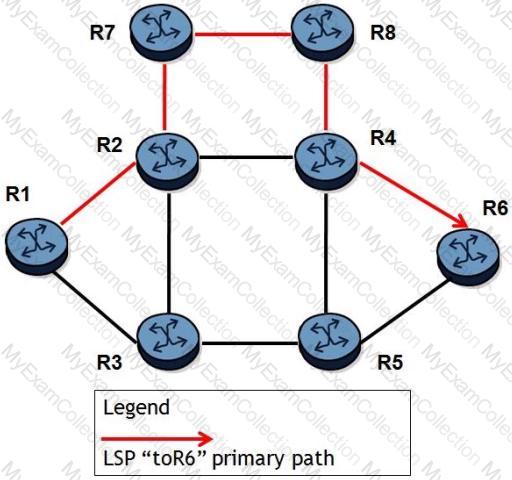
A fully loose LSP "toR6" is configured. All links have the same cost and all routers are Alcatel-Lucent 7750 SRs. The LSP currently traverses the path R1-R2-R7-R8-R4-R6 and the resignal timer is enabled. Which of the following about this LSP is FALSE?
Click on the exhibit.
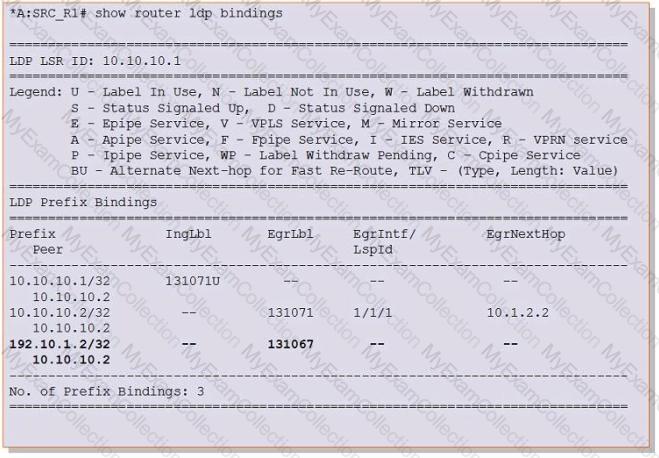
What is the possible reason that the label for prefix 192.10.1.2/32 is not active?
Click on the exhibit.
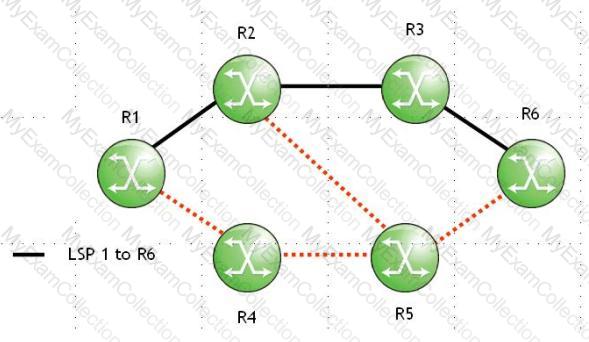
RSVP session state for LSP 1 has timed out on router R3. Which of the following actions will router R3 initiate to clear the RSVP session?
Click on the exhibit.
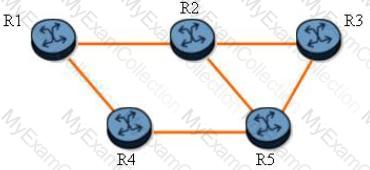
The path of a fast reroute protected LSP is R1-R2-R3. Which of the following about the protected LSP path is TRUE?
To enable the LDP-over-RSVP feature, which of the following configurations is NOT required on an Alcatel-Lucent 7750 SR?
Click on the exhibit.
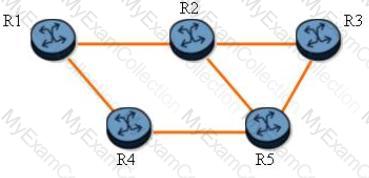
Two LSPs traverse the path R1-R2-R3. Both LSPs are configured with facility fast reroute and link protection. When router R1 is the PLR, which router becomes the Merge Point (MP) for this LSP?
Consider a device that uses per-platform label space; which of the following fields is NOT contained in the LFIB?
Click on the exhibit.
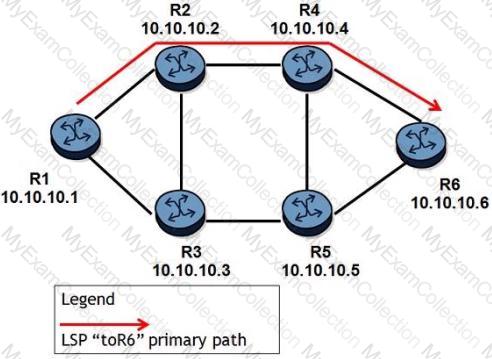
An LSP traverses R1-R2-R4-R6 and one-to-one fast reroute with link protection is enabled. All links have the same cost. Which of the following about DMP and MP is TRUE?
Which of the following about T-LDP on the Alcatel-Lucent 7750 SR is FALSE?
Which of the following best describes downstream unsolicited label distribution?
A router has two admin groups defined (GREEN=1 and RED=3). An interface is associated to both admin groups. What value will be shown in the Admin Group sub-TLV for this interface?
Click on the exhibit.
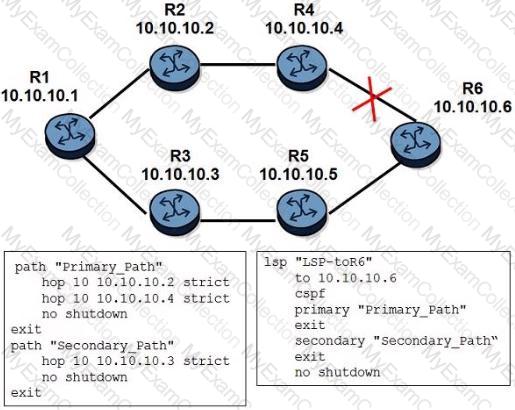
All links are operationally up initially. When the link between routers R4 and R6 goes down, what will router R1 do?
What MPLS function should be performed by a router that receives a data packet with an MPLS label value of 0?
Which mode does the following statement describe? An LSR will advertise a label mapping immediately, without waiting for a label mapping from the FEC's next-hop.
Which of the following about RSVP refresh reduction on a Alcatel-Lucent 7750 SR is FALSE?
Which of the following commands may only be used on the head end router to verify the status of an LSP named "LSP 1"? (Choose two)
Click on the exhibit button below.
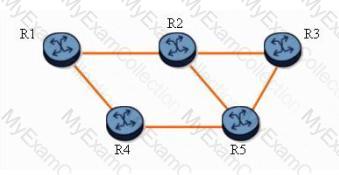
Given the following fast reroute protected LSPs:
-LSP1.R1-R4-R5-R3
-LSP2.R1-R4-R5-R2
Which routers become bypass tunnel PLRs? Choose two answers
Click on the exhibit button below.
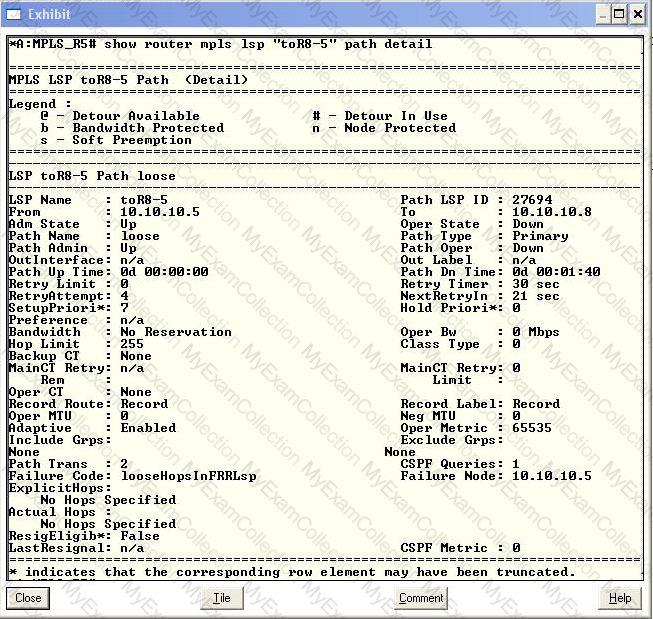
LSP "toR8-5" requests fast reroute protection on the primary loose path. What could be done to remove the Failure Code shown?

